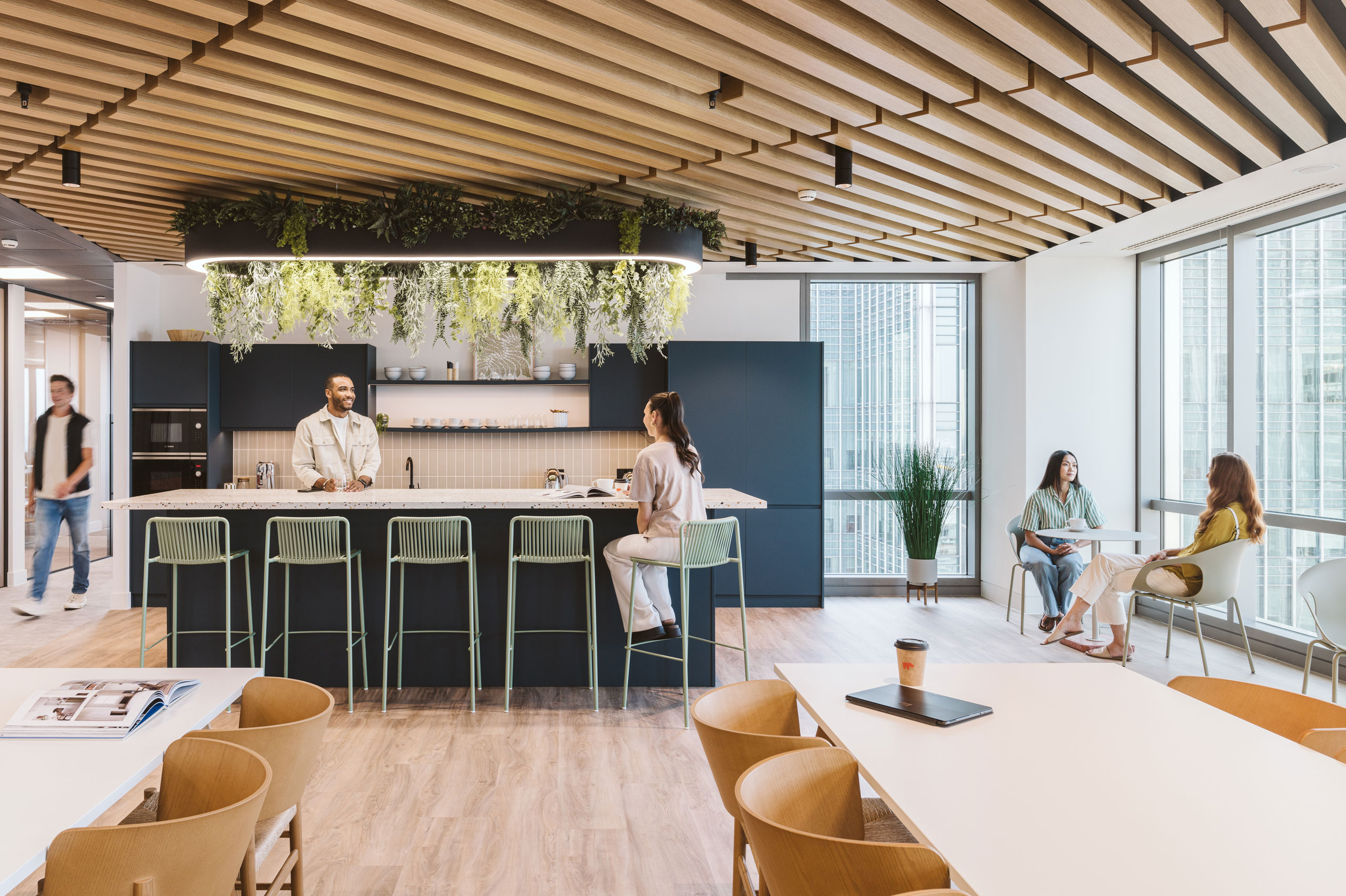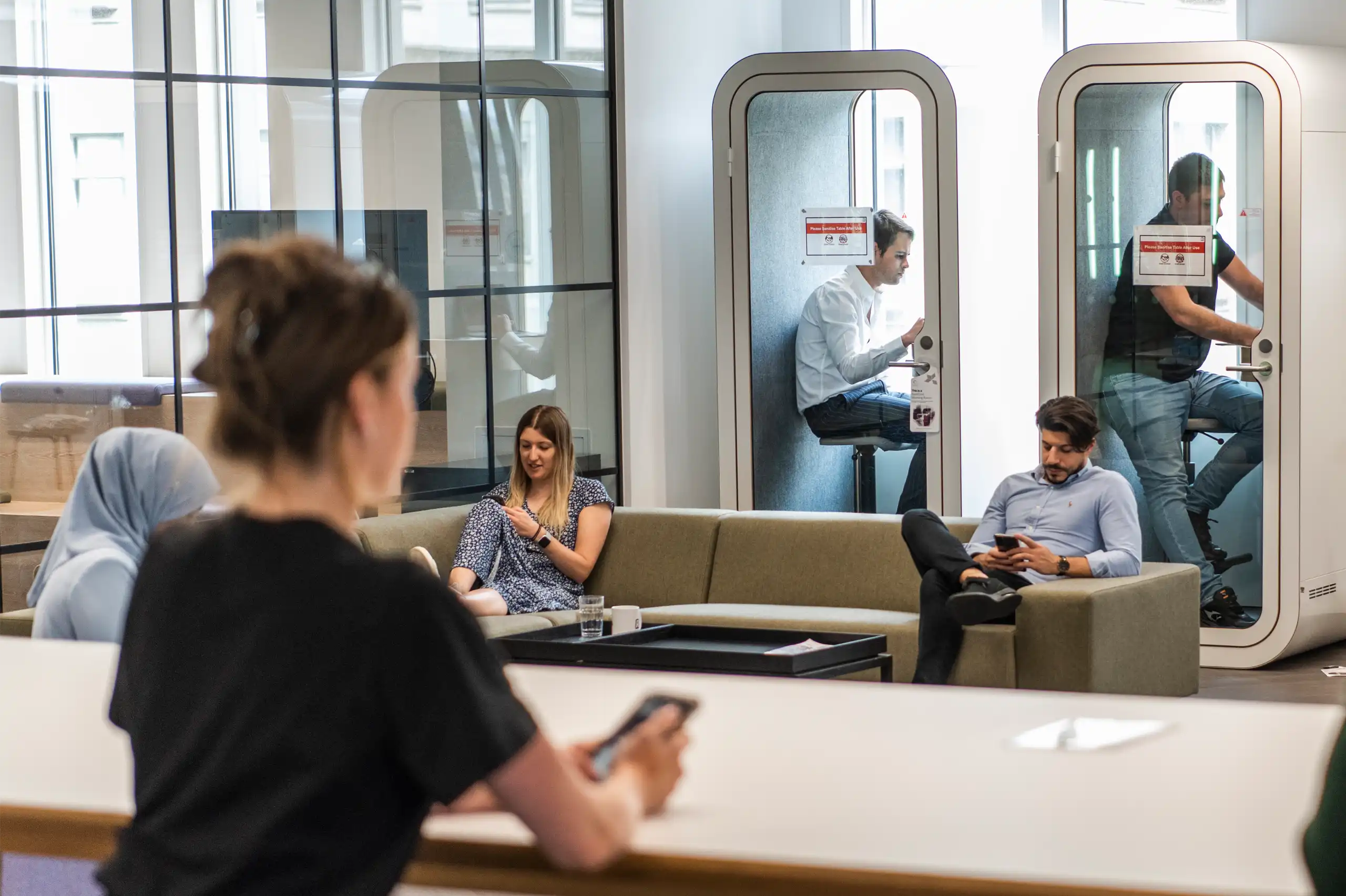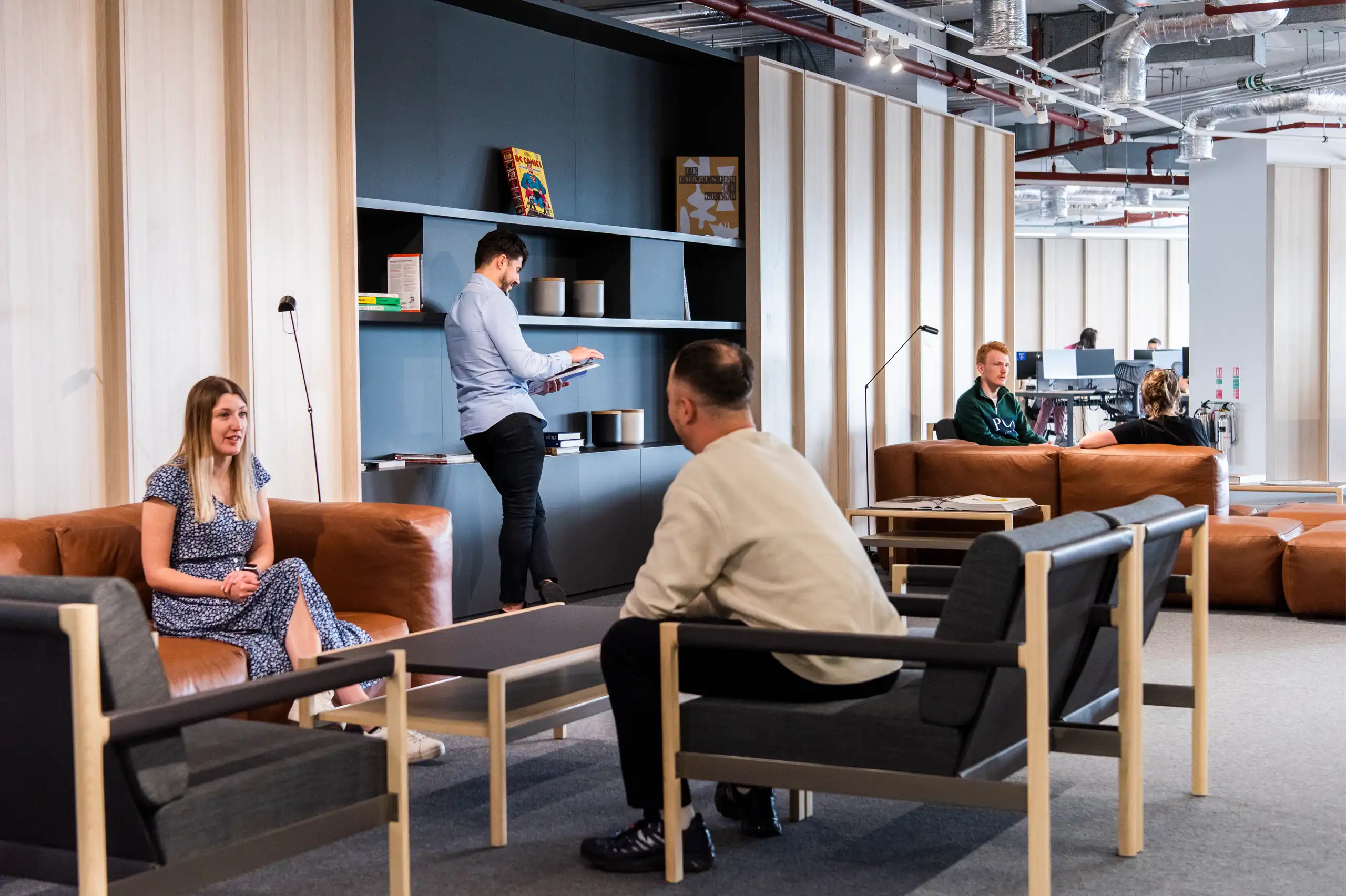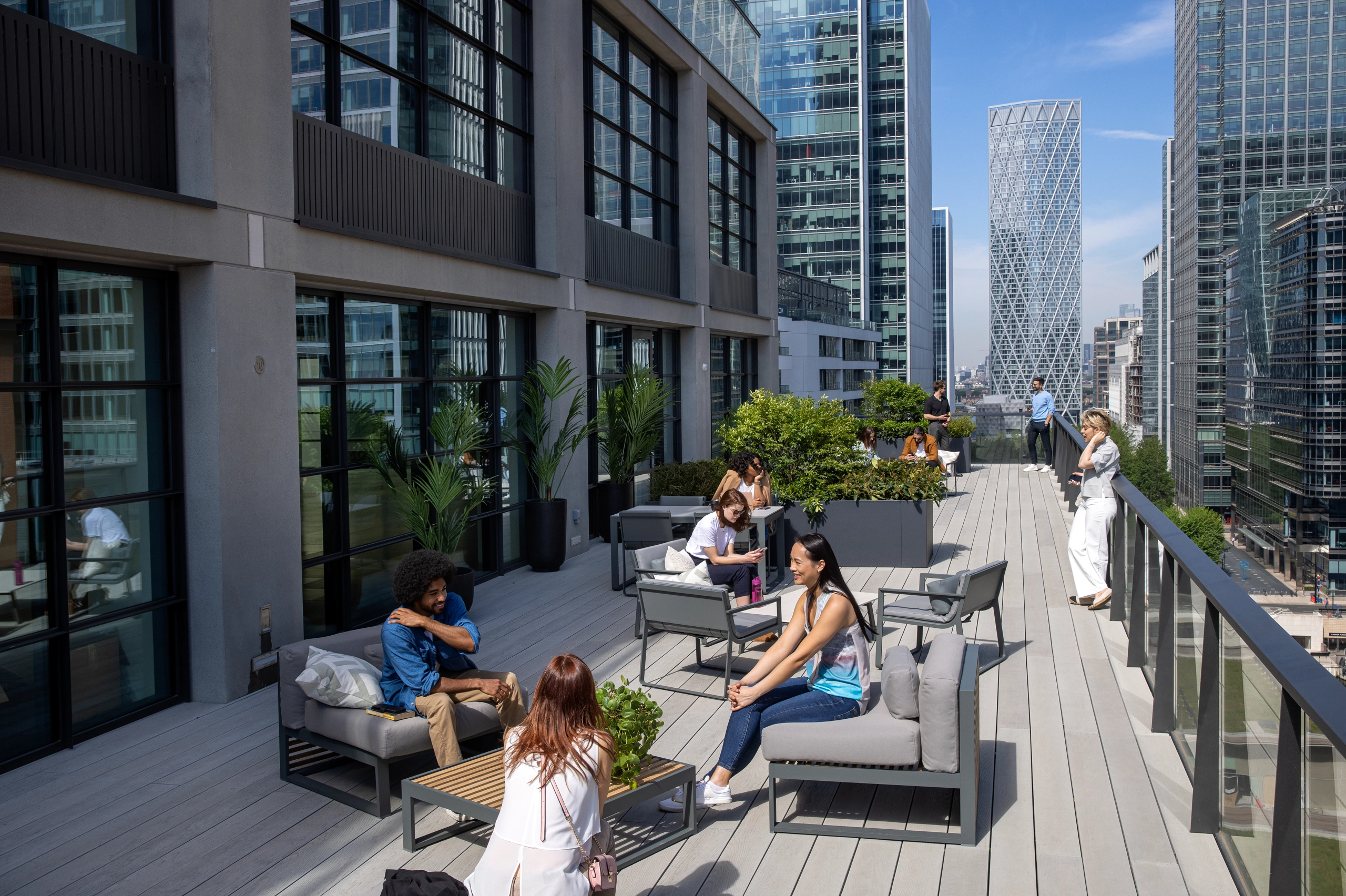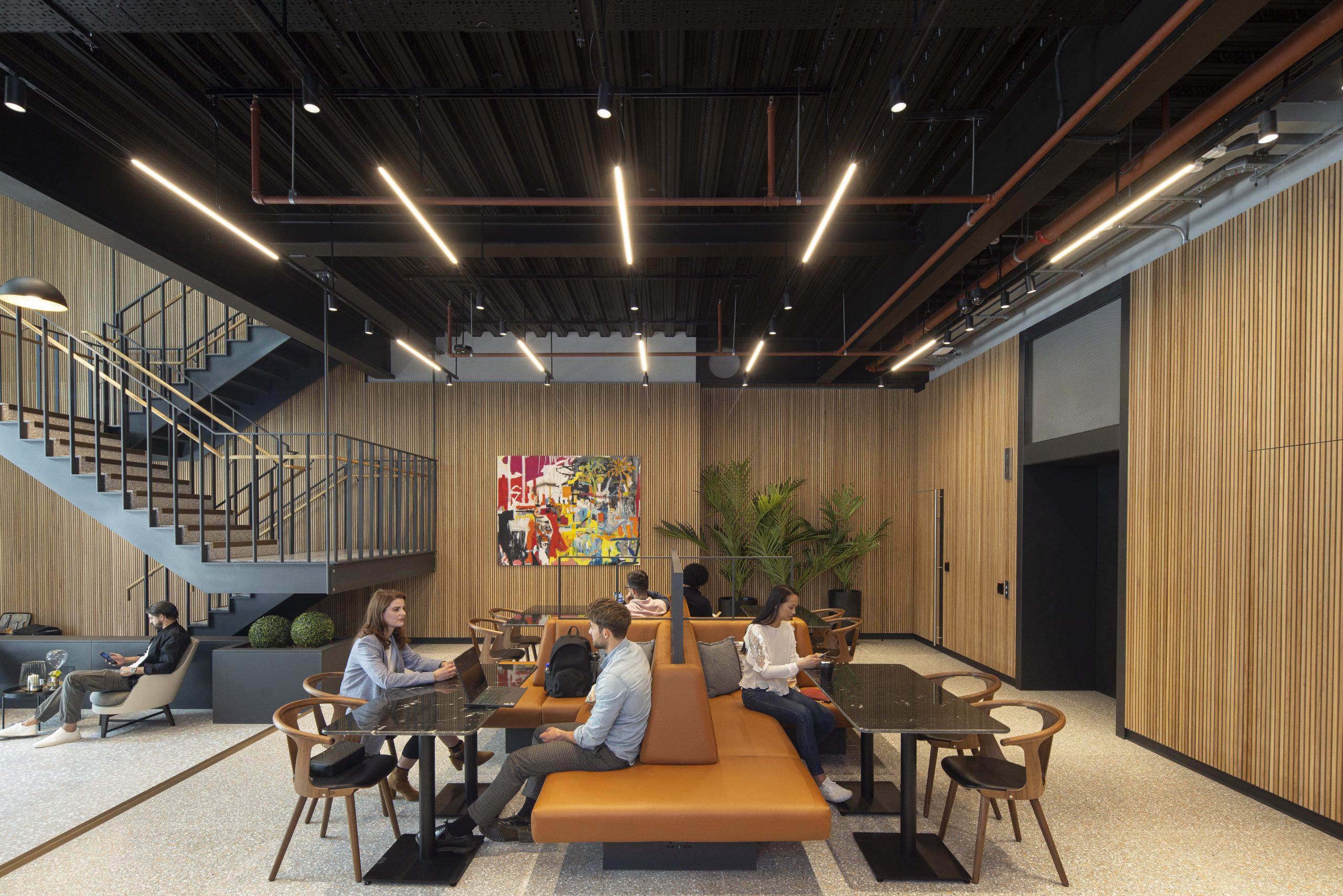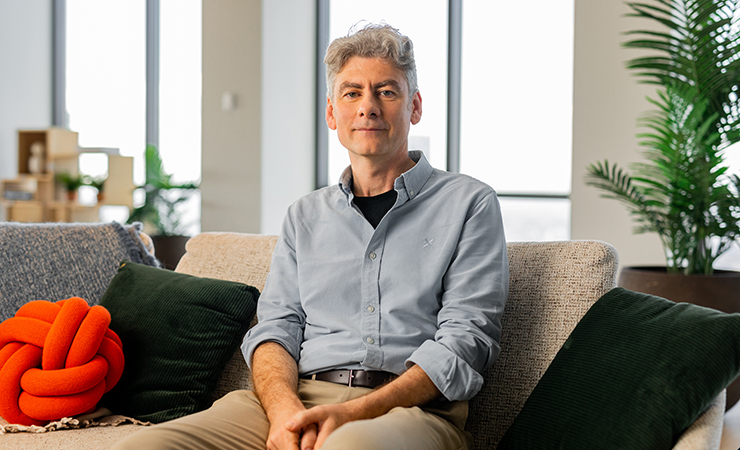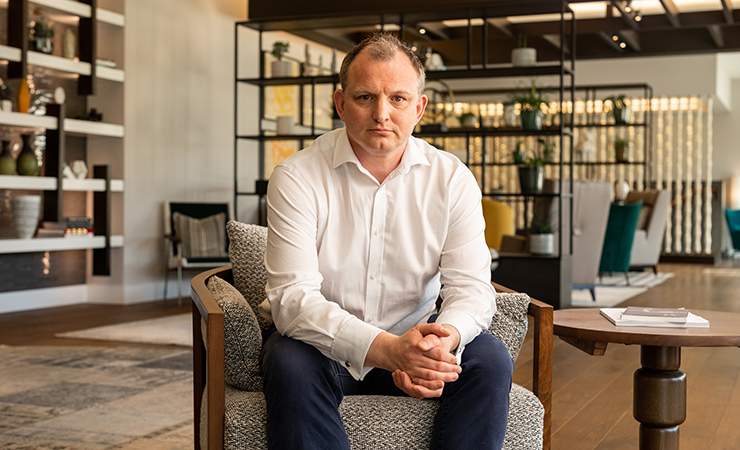
Why Canary Wharf is the best place to create a world-leading life sciences community
Over the next three years, Canary Wharf is set to become a life sciences hub to rival any in Europe thanks to the development of North Quay. Life sciences are the foundation of scientific knowledge and how it impacts our daily lives, and in partnership with Kadans, the largest developer in the life sciences sector, our goal is to create a vertical campus that will become Europe’s largest and most advanced laboratory building.
Creating a site that provides world-leading facilities and the organisational structure to give start-ups and scale-ups the space and capabilities to grow is both scientifically and entrepreneurially exciting. So, with that in mind, what makes Canary Wharf the best place to create a world-leading life sciences community? Few would know better than James Sheppard, Managing Director for the UK & Ireland at Kadans Science Partner, who shared his thoughts.

Canary Wharf is where the talent is
For any business to grow it needs the space, the resources and, perhaps above all things, the talent to make that happen. London has a history of generating talent and channelling it into world-leading institutions. St Bart’s Hospital in Farringdon, for example, has a history of education and medicine dating to 1123. It’s a tradition that continues today but has yet to be fully maximised in the life sciences sector, and Canary Wharf itself is uniquely placed to make that happen. The area’s talent pool is comparable to New York, San Francisco and Tokyo – the current major life sciences hubs of the world. It can compete and sit with those groups on a side-by-side basis.
James said: “London is home to world-class universities, world-class research groups and has long been at the global forefront of science, so the talent that exists around London as a whole is exceptional. If you then zoom that into Tower Hamlets and you go and talk to a lot of the PhD students, the post doc students who work in academic institutions across the city, and you ask them where they live, they live around here – in Newham, Hackney […] So, our working hypothesis was, why are they commuting out? What if we build a building here, where they could walk to work? The depth of talent that sits within walking distance of Canary Wharf is truly exceptional.”

The lab space to grow
Life sciences businesses have a certain degree of overhead that’s necessary to grow. They need the lab space, the technical resources and the time to create results. All of that comes at a cost. The combination of physical space in Canary Wharf and the leasing structure that’s built into a life sciences hub, where you can occupy a desk for now and take up a full floor at a later date as you scale, is unique and essential to enabling young, vibrant organisations to flourish.
James said: “We wanted to build a big, significant life science building and there are few places in London where you can actually do that.”
With the full extent of North Quay set to reach around 3.5 million square feet, and the first building alone coming in at 823,000 square feet, the space will be the largest commercial life sciences building in Europe. Although that won’t complete until 2026, work has already begun on building an ecosystem of life sciences in collaboration with Level39 and 20 Water Street.
James said: “Our journey and our ambition here is that a tenant accompanied by a tech pharmaceutical firm will be able to take a single laboratory bench and grow all the way through to building a half million square foot HQ building with the same landlord, same consistency and quality of service all the way through.”
A collaborative partnership and community
It’s not just the space you operate in that’s an intrinsic part of business growth and development, it’s also the community around an organisation that facilitates ideas and opportunities. Canary Wharf Group sets out to be a partner to resident businesses, working to meet their needs, but also to bring together a collection of businesses that have the potential to collaborate.
James said: “Together, Canary Wharf’s expertise in high rise buildings and Kadans’ expertise in the technical nature of life science buildings, meant that it was a perfect match for us […] The big bugbear from a lot of our tenants is growth. Life science businesses tend to grow very quickly once they receive funding and often they really struggle to find that space at the right moment in time. Here we can deliver that space. We can create it and work with businesses as part of their plan and say, ‘ok in three years’ time, you need X, no problem, we can deliver that for you’. That partnership mentality is going to run right the way from 20 Water Street all the way through to our first building at One North Quay.”

More than a place to work
The Kadans business model is the urbanisation of science. More and more businesses from global pharmaceutical companies to innovative small biotechs want to be in urban locations which are connected.
A big driver for that is the use of data in science and therefore, the need for a far broader talent pool than was once needed, including data scientists, which places you in competition with the likes of Google and Facebook when you’re recruiting. That, once again, makes the location of your business essential to attracting top talent, and Canary Wharf’s array of shops, services and entertainment essential to an organisation’s capacity for growth.
James said: “If you look at the engine room of life sciences businesses, without generalising too much it’s men and women aged between 25 and 35 who are probably a lot more social, more out there and unlikely to have families. I look across the Kadans business and we’re exactly the same. So, we don’t want to be in a location where you’re struggling to go and find a decent coffee, or you’re struggling to find a drink after work because science is hard, you know, occasionally you need to let your hair down. Within 100 yards of [the office] I could probably name 10 different restaurants and bars that would be flooded with scientists once we’ve finished building this building.”

Find out more about joining Canary Wharf’s world-leading life sciences community
Go to top
Download the App
Download the Canary Wharf App today and join our online community here at Canary Wharf and access the latest offers and promotions, events and news.

Wharf Connect
We’re thrilled to introduce Wharf Connect – a FREE membership community tailored for early career professionals based in the Canary Wharf estate.
